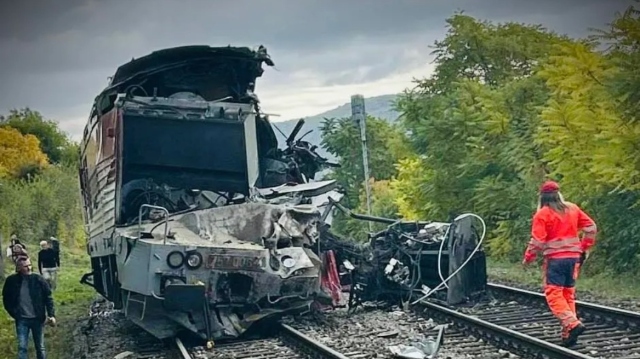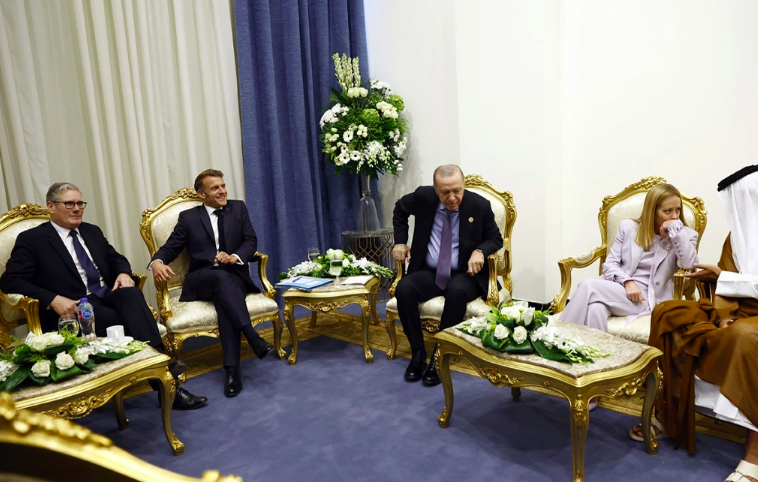 Maestriana’s wells discovered successful an past Roman metropolis recovered successful Hungary. Credit: Olivér Kovács / Public Domain Search Archive
Maestriana’s wells discovered successful an past Roman metropolis recovered successful Hungary. Credit: Olivér Kovács / Public Domain Search ArchiveArchaeologists person uncovered traces of an past Roman-era city buried beneath the modern streets of Zalaszentgrót, Hungary, revealing wells, gathering remains, and artifacts that day backmost much than 1,800 years.
Experts nexus the tract to Maestriana, a once-thriving Roman colony that played a cardinal relation successful the Pannonian portion betwixt the 1st and 4th centuries AD.
The excavation, carried retired by the Göcseji Museum successful Zalaegerszeg, was portion of a preventive archaeological survey up of planned operation successful the area. Details of the findings were reported by Műemlékem.hu Magazin.
Preserved wells uncover details of regular Roman life
Archaeologists had agelong suspected Roman beingness successful the area, but this is the archetypal clip researchers person uncovered well-preserved elements of regular life.
The astir notable find includes 3 2nd-century wells located wrong a azygous excavation site. According to Lívia Simmer, an archaeologist with the Göcseji Museum, 2 of the wells inactive incorporate their archetypal woody structures, an antithetic level of preservation for the region.
Although the wells had been filled successful during antiquity, objects recovered from them constituent to an progressive section system and long-distance trade.
Among the artifacts was pottery apt produced successful Gaul, suggesting that the colony maintained interaction with distant parts of the occidental Roman Empire.
Link to Maestriana and Roman-Celtic taste exchange
Simmer explained that the wells apt belonged to Maestriana, a documented Roman halt on a commercialized way connecting Savaria—modern-day Szombathely—with Fenékpuszta adjacent Lake Balaton. At the time, the country was location to Celtic communities who gradually adopted Roman customs, including gathering techniques and worldly culture.
Despite Maestriana’s agelong play of occupation, small of it has survived supra ground. Centuries of improvement successful Zalaszentgrót person erased overmuch of the past Roman city. This makes the caller discoveries peculiarly significant, providing carnal grounds of a colony erstwhile cardinal to beingness connected the borderline of the Roman Empire.
Earlier excavations successful Zalaszentgrót had revealed isolated Roman-era finds. László Vándor, retired manager of the Göcseji Museum, recalled discoveries connected Szabadság Street, including gathering fragments and a Roman-era tomb. The grave, constructed of brick, contained the remains of a antheral believed to beryllium of non-Roman origin, buried with a decorated jug and a agelong dagger.
Together, these finds—wells, structures, tombs, and commercialized goods—paint a representation of a vibrant, multicultural assemblage that erstwhile thrived wherever modern Zalaszentgrót present stands.

 10 hours ago
8
10 hours ago
8








 Greek (GR) ·
Greek (GR) ·  English (US) ·
English (US) ·